I am not an electrician.
I need to verify the power consumption (watts) of some home equipment (on 120V or 220V) without disconnecting them or splicing the wires.
I would love to be able to walk to one of these (network switches, computers, servers,) clamp the power cord and measure the amps/instant power consumption.
Is it possible for me to build such a device? - or is it possible to do this with an existing instrument or with a combination of instruments?
Most clamp multimeters I have seen seem to only work on AC if you can 'isolate' the 'positive' wire and clamp that wire only. Obviously, taking multiple wattage measurements in a datacenter and having to splice each wire would make this impractical.
Is there a clamp multimeter which would solve this problem at all? Does such a meter exist at all? I'm talking about regular molded computer power cords.


